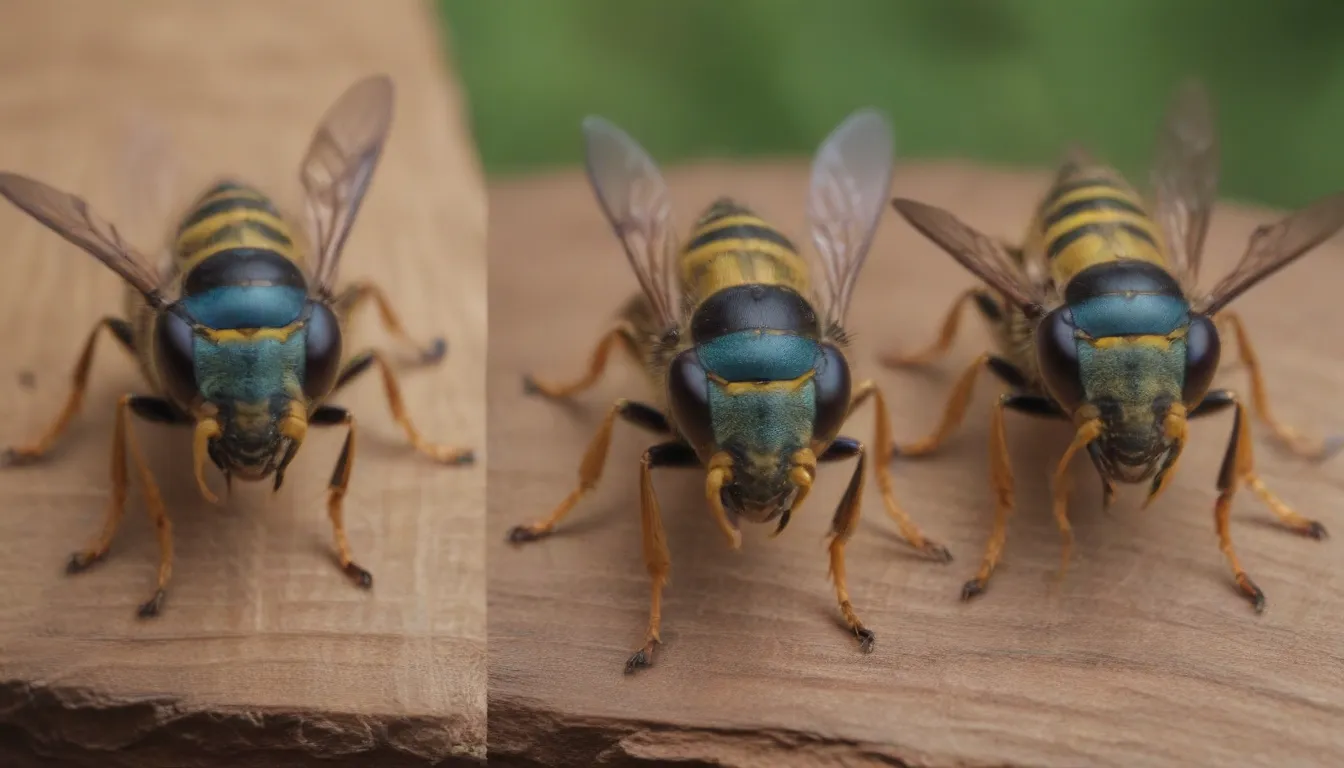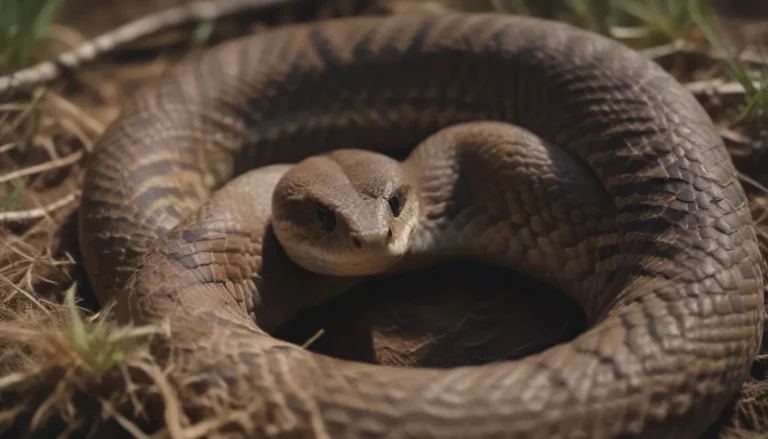Understanding the Differences Between Hornets and Wasps: A Comprehensive Guide

As the temperature rises, it’s important to be on the lookout for some unwelcome guests at your outdoor gatherings: hornets and wasps. These stinging insects can quickly turn a fun day in the sun into a painful encounter if not handled correctly. But fear not, with the right knowledge and tools, you can confidently identify and address these pests to keep your outdoor activities pest-free. Let’s dive into the world of hornets, wasps, and bees to equip you with everything you need to know!
Why Identification Matters
Being able to distinguish between hornets, wasps, and bees is crucial for both your safety and the well-being of beneficial pollinators like bees. It’s important to note that hornets are actually a type of wasp, so not all wasps are hornets. Understanding the differences between these insects will help you take the right steps to effectively control and remove them without causing harm to yourself or others.
Key Differences Between Hornets and Wasps
- Hornets
- Name given to 22 specific, social wasps
- Construct paper nests
- Generally more aggressive than other wasps
-
Can deliver more painful stings
-
Wasps
- General term for over 100,000 species of insects, including hornets
- Can be both social and solitary
- Build paper and mud nests
- Capable of stinging but not always aggressive
Warning: Be Cautious
Stinging pests pose a potential danger to those allergic to their stings. Unlike bees that can only sting once, hornets and wasps have smooth stingers that allow them to sting multiple times. Identifying these insects correctly is essential for effective pest control. If dealing with a stinging pest issue, it’s best to leave the job to professionals to avoid harming beneficial pollinators like bees.
Identifying Hornets vs. Wasps
Distinguishing between hornets and wasps can be tricky, especially since they are often mislabeled. Let’s delve deeper into the distinguishing characteristics of these insects to help you differentiate between them accurately.
Hornet Identification
True hornets belong to a specific subcategory of wasps and include 22 species of eusocial wasps. One of the most well-known hornets is the Asian giant hornet, recognized for its large size and fearsome reputation. In the U.S., the European hornet is the only true hornet species.
- European Hornets
- Found in the U.S.
- Can sting defensively but generally avoid confrontation
-
Prefer to protect their nests and food sources
-
Bald-Faced Hornets
- Often mistaken for hornets but are actually a type of yellowjacket
- Found in the Southeast U.S.
- Aggressive when their nest is threatened
- Construct hanging nests with distinct flight paths
Wasp Identification
There are tens of thousands of wasp species, each varying in size and behavior. While many wasps are solitary and remain unnoticed by humans, others can be more social and aggressive. Let’s explore the characteristics of two common types of wasps: paper wasps and yellowjackets.
- Paper Wasps
- Known for their gentle nature
- Construct open-combed, umbrella-shaped nests
-
Considered beneficial for pollination and pest control
-
Yellowjackets
- Aggressive and sensitive to threats
- Can build nests with hundreds or thousands of workers
- Nest in various locations, including wall voids and burrows
Lifecycle of Hornets and Wasps
Hornets, wasps, and bees belong to the same order of classification and share similar lifecycles. Understanding the developmental stages of these insects can help you appreciate their role in the ecosystem and manage potential risks effectively.
- Egg: The beginning of the lifecycle, where eggs are laid by the queen.
- Larva: The stage where the larvae hatch from eggs and develop.
- Pupa: The transformation stage where the larvae undergo metamorphosis.
- Adult: The final stage where the fully developed insect emerges.
In colder regions with distinct seasons, spring is the best time to look for small paper nests being constructed. Early detection of nests can simplify treatment and reduce risks associated with larger colonies.
Dealing with Hornet and Wasp Stings
Unlike bees that can only sting once, hornets and wasps can deliver multiple stings due to their smooth stingers. It’s crucial to know how to respond to stings to minimize discomfort and health risks.
- Foraging Areas: Keep an eye out for areas where hornets and wasps are actively looking for food.
- Nesting Sites: Avoid approaching or disturbing nests to prevent aggressive behavior.
In cases of severe allergic reactions to stings, seek immediate medical attention. For non-severe situations, follow appropriate first aid measures to alleviate symptoms.
Conclusion
In the battle against hornets and wasps, correct identification is your first line of defense. By understanding the key differences between these pests and their behavior patterns, you can effectively address infestations while safeguarding yourself and beneficial pollinators. Remember, when in doubt, seek assistance from pest control professionals to ensure safe and efficient removal of stinging pests from your surroundings.
References:
– Protecting Pollinators from Pesticides, University of Georgia Bee Program
– Pollination: Why Are Bees Important, Native Plants and Ecosystem Services, Michigan State University Extension
– European Hornet, North Carolina State University Extension
– Bald-Faced Hornets, Home and Garden Information Center, Clemson University Extension
– Nuisance Wasps and Bees, Colorado State University Extension
– Baldfaced Hornets, Iowa State University Horticulture and Home Pest News
– IPM for Stinging Bees and Wasps, The Board of Regents of the University of Nebraska-Lincoln
– Insect Sting Allergies, American College of Allergy, Asthma, and Immunology
– Controlling Baldfaced Hornets and Yellowjackets in and Around Structures, North Carolina State University Extension
– Stinging Insect Allergy, American Academy of Allergy Asthma and Immunology
By following these guidelines and tips, you can confidently handle any encounter with hornets and wasps while ensuring the safety of yourself and those around you. Stay informed and prepared to tackle stinging pests effectively and responsibly.





